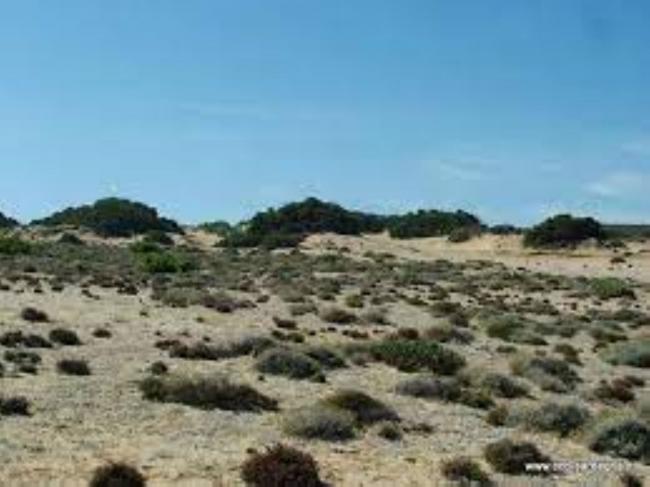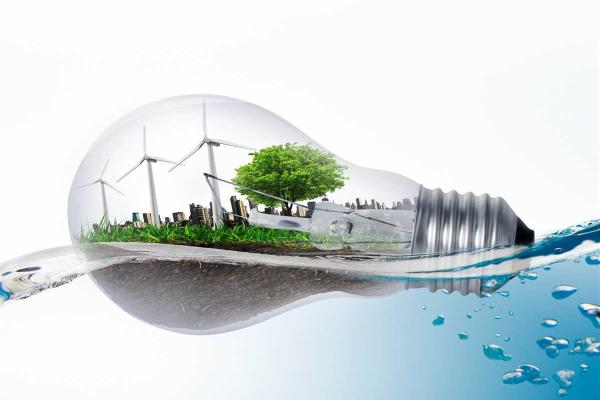PSAMMbeach - Water and energy savings in nursery practices through the use of indigenous sand dune plant

The primary objective of the project is to promote the efficient use of resources, profitability, productivity, competitiveness, emission reduction, working for ecological agro production systems and operating in harmony with essential natural resources. We are therefore in the presence of unique and endemic plants that allow us to enhance and protect biodiversity, allowing ex situ repopulation, favoring water and energy savings during cultivation. The species chosen have a high ornamental value and are resistant to climate change and, therefore, can guarantee excellent and profitable prospects for cultivation in coastal areas.
"There are 6 actions:
1) coordination; 2) identification, morphological description and identification of the distribution area of the species (Pancratium maritimum, Lagurus ovatus, Glaucium flavum, Campanula sabatia and other species), retrieval and supply of plant material, reconstitution of typical environments; 3) in vitro and in vivo propagation, stock production of in vitro mother plants, field trials, creation of a catalog field and germplasm bank; 4) massive propagation in the nursery, with attention to water and energy management; 5) distribution in coastal environments for the verification of resilience; marketing evaluation; 6) disclosure. "
The increase in temperatures and the increase in extreme weather phenomena, even in the Mediterranean basin, have led in recent years to a new design of the gardens, choosing eco-compatible management solutions and tolerant stress species. The surveys conducted by Ismea on the dynamics of consumers in the floriculture sector show a trend, for some years already, in the search for plants resistant to high temperatures and long periods of drought. It is therefore of double interest to identify cultivation techniques that allow an efficient use of water and energy resources (propagation from seed, cuttings and simplified cultivation with meteoric irrigation and poor fertilization) and to promote the cultivation of native species that, once planted, do not require frequent irrigation and at the same time allow biodiversity to be safeguarded. The scientific and technical experience of the partners of this project will allow the identification of autochthonous species and propagation materials, which could guarantee the introduction of Mediterranean plants with local genetic makeup in the horticultural sector; this is becoming an increasingly fundamental prerequisite in environmental restoration works.
Eco-sustainable management of natural resources: the use of urban ligurian autochthonous species typical of beaches, characterized by particular physiology, morphology, pedoclimatic needs and, in some cases, with high ornamental impact, allows reduction and optimization of the use of water and energy deriving from non-renewable sources The introduction and the consolidated use of new ornamental plants will constitute a natural opportunity for the dispersion of the same species that can then spontaneously return to the natural habitats from which they have disappeared over the years .
For the various species under study, in vivo and in vitro propagation protocols are identified, aimed at obtaining qualitatively and quantitatively superior plant material (innovative technology). It is possible to follow two paths: reproduction by seed, which guarantees the maintaining the maximum expression of biodiversity or the massive multiplication of superior genotypes, through traditional techniques in the field (cutting and division of bulbs) or in the laboratory through micropropagation This last technique allows to obtain a high number of clones of the mother plant, in short time, in reduced space, free from plant diseases and released from the seasonality.
In the context of incidence assessments for works carried out along the coast, it is suggested to use plant material of known origin and in particular to refer to autochthonous genotypes. This very important attention is often ignored, as local nurseries, for reasons of costs and availability, they must rely on other European nurseries, which leads to an involuntary genetic exchange between geographical areas that contributes to increasing regional biodiversity disorder The beginning of a production line of native plants (as a source and genetic heritage) becomes a key from time to time for a real conservation, for environmental restoration, all with low energy and water consumption.
Furthermore, the knowledge and promotion of the aesthetic value of local plants allows us to change the established habit of nurseries to propose exotic species in urban design. Decreasing the planting of exotic species will reduce their potential in becoming invasive in natural environments.
Documentazione del workshop Innovazione e conoscenza per l’agricoltura: le sfide del futuro per la cooperazione in Liguria
I Gruppi Operativi, Liguria, PEI-AGRI, Italia| Titolo/Descrizione | Url | Tipologia |
|---|---|---|
|
Sito web del progetto
|
Sito web
|
